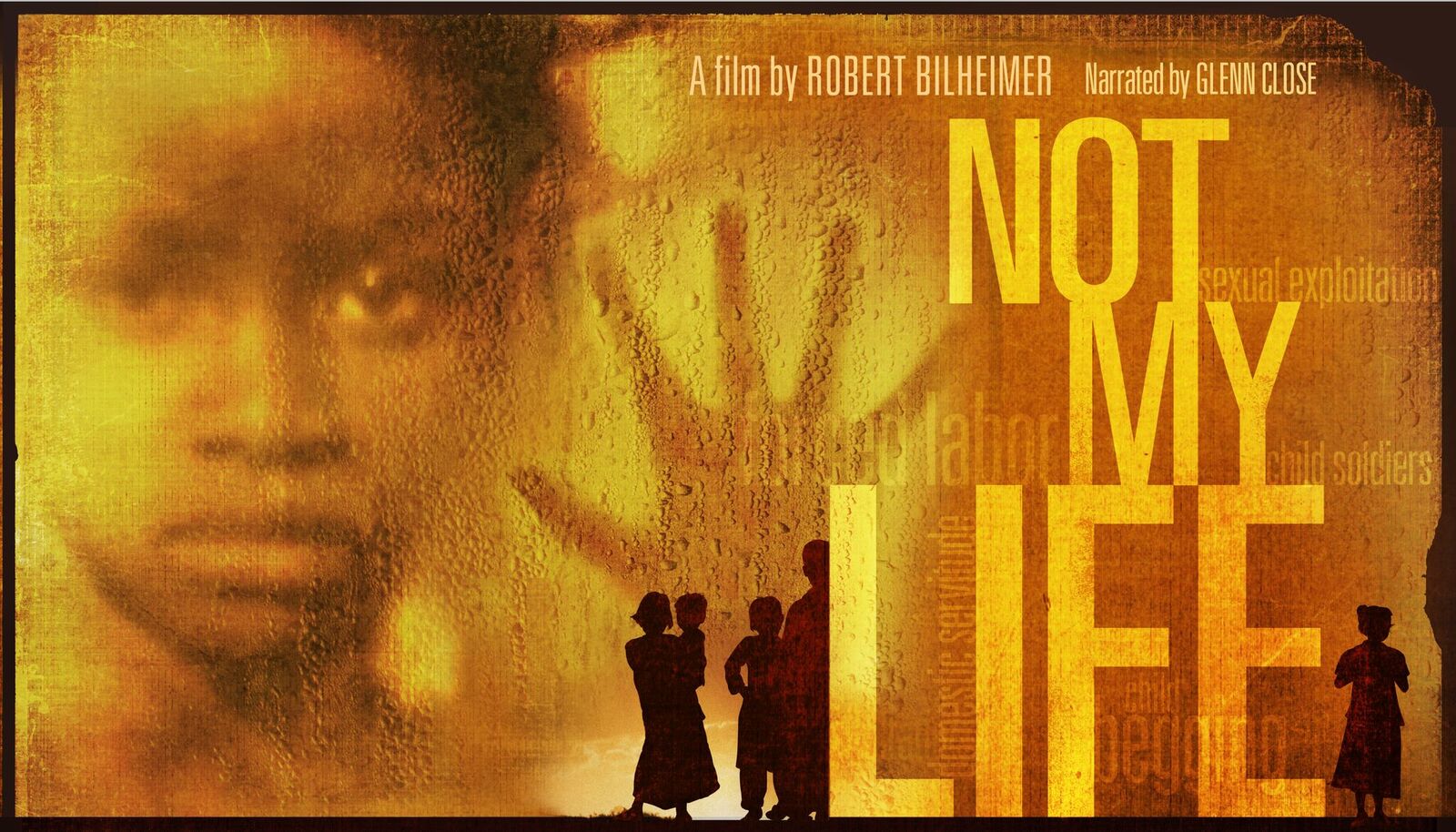"Not My Life": A review
What do you know--really know--about child trafficking?
Do you think it writhes maliciously in the most remote neighborhoods on the other side of the world?
In your head, does it have a name, a face, or a story?
What about a voice?
In the widely acclaimed documentary, Not My Life, director, writer, and producer Robert Bilheimer heaves the task of uncovering the many multifaceted stories of the trafficking of the world’s youth. Through the very real voices of trafficking survivors, perpetrators, and advocates, communities across the globe have watched this short, but striking, film to learn not only about the issue of human trafficking but the stories it shapes.
This project was conceived at the request of the executive director of the United Nations Office on Drugs and Crime almost a decade ago. The Not My Life team aims to educate its audiences, but, really, that’s only its secondary goal. This documentary challenges viewers to reevaluate what does and does not affect one’s life.
Although the horrors of human trafficking--kidnapping, rape, physical torture, labor exploitation, etc.--may not be part of your own lived experience, are they easily dismissed as “not your life”? Bilheimer wants to show how different forms of child trafficking intersect with each other as well as industries or products that you come into contact with every day. Along the way, he strives to cultivate knowledge and empathy in viewers.
Before watching Not My Life, my general knowledge of human trafficking had come from small bits of personal research--especially around Dressember last year--and excellent, but unfortunately brief, presentations from anti-trafficking organizations that traveled to share their mission and work. I was familiar with statistics and facts, but I knew that watching this documentary would be different for a few reasons. First, video adds a new dimension to simply reading or hearing secondhand about the lives of others. Second, by having an explicit focus on the slavery of young people, this documentary was bound to spotlight a new perspective in uniquely powerful ways.
Indeed, filmed in a dozen countries across five continents, the documentary explores many ways that our world is not protecting and caring for our youth. Unfortunately, millions of children are enslaved by selfish and deceitful individuals every year.
The survey begins in Ghana, where a culture of buying and exploiting boys for dangerous labor booms, and it treks through Romania and India, the United States, Guatemala and more, from dirty hut floors and cramped brothels to dimly lit urban streets. It covers so much ground (literally) but also makes each interview with victims feel singularly compelling. Hearing from the actors on the front lines of human rights organizations also then frames anti-trafficking relief and prevention efforts.
Although the state of the worldwide issue is grievous, they remind us it is not without hope.
Approaching such a weighty subject is challenging, but Bilheimer is sensitive to its gravity. Video footage from both on-the-ground work and carefully staged scenes are artfully balanced to create a film that is very real and very beautiful.
Talibe beggars in Senegal
I was moved by the distinction between the interviews and the other footage; interviewees never make eye contact with the camera when they speak, for example. However, throughout the film, you might all of a sudden be put face-to-face with a victim’s piercing eyes, whether it’s a long and intentional shot or a momentary glance a child gives before returning to work. The experience of watching can both disturb and connect.
These stories are not meant to move one to despair but rather to proffer the contrast between the realities of human cruelty and the quiet strength of the accomplishments of advocates.
One of the more subtle encouragements throughout the film was the myriad of accents and dialects represented by all the survivors and activists that were interviewed. It was a tender reminder that even though trafficking exists in every country, unified opposition, too, saturates our world.
The documentary ends with reminders of hope such as tougher legislation that has been put in place against trafficking, activists who do not turn away and choose to take responsibility, and survivors of child trafficking who have since colored their stories with shades of empowerment and vitality. The reminder, “We are all humans!” rings true.
Consider Not My Life as a resource when wanting to learn more or share with others, but know that you will be challenged by the film directly. As the screen fades, these words surface: “Now you know. What will you do?”
Watch the documentary:
To find out how you can further be involved with the mission of the film, visit Not My Life's website. If you are an educator, you can share this documentary with your class with the help of their discussion and screening guide. If you're interested in bringing Not My Life to your community, you can download their accessible screening toolkit.
XO
About the Author
Chynna Terrell is an ENFJ studying English Literature at the University of Oklahoma (boomer!). Aside from trying not to think about being a senior, she is president of InterVarsity Christian Fellowship and is excited to participate again and write for Dressember. And, why yes, she would love to have you over for a hot cup of tea, a puzzle, and good conversation






